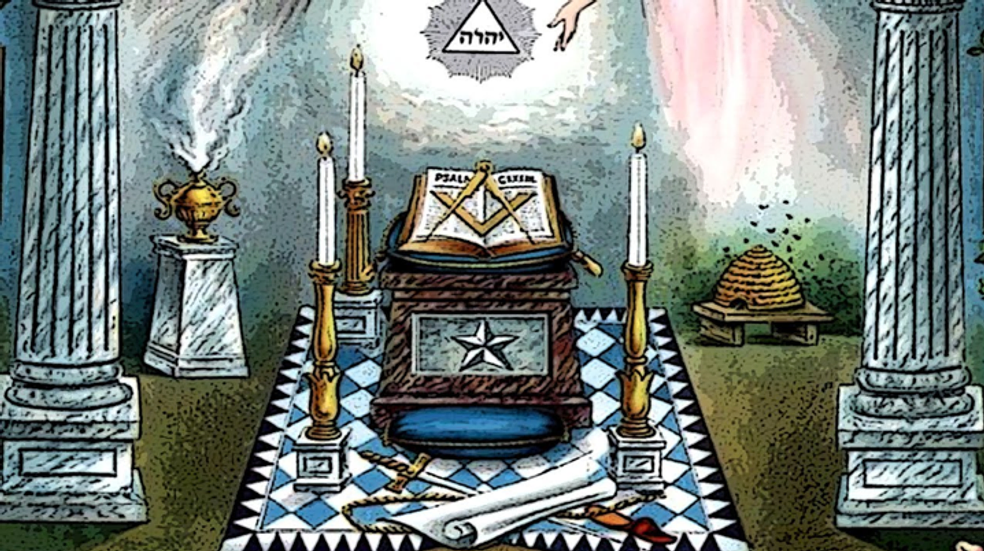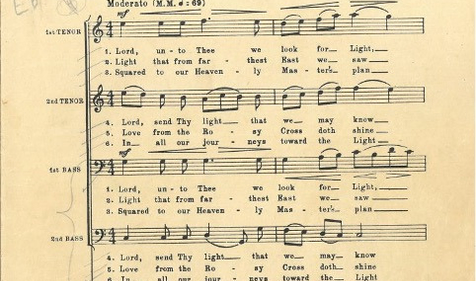One of Freemasonry’s oldest symbols is the Masonic trestle board. Often confused with the tracing board, the trestle board is the blueprint of which our ancient fraternity was built upon. In this blog, we explore its history and meaning today.
One of Freemasonry’s oldest symbols is the Masonic trestle board. Often confused with its similar counterpart, the tracing board, the trestle board is, literally and figuratively speaking, the blueprint of which our ancient fraternity was built upon. In the days of the stonemasons’ guild, a trestle board was a board, sometimes on an easel, where the plans for construction were laid for apprentice masons to follow. In the 21st century, the trestle board remains a signature emblem of a man’s journey through life and Freemasonry. In this blog, we’ll walk you through the significance of the Masonic trestle board, as well as explore the history of Masonic tracing boards.
The Trestle Board: A Masonic Symbol
The trestle board is one of the first symbols that an aspiring Mason learns about when entering the lodge. In the Entered Apprentice degree, a man learns that operative Freemasons (working masons from the stonemasons’ guild) erected their temples following the guidelines the Master laid out on his trestle board.
In speculative Freemasonry, a man learns that he, too, should erect his own spiritual temple by the rules and designs laid by the Supreme Architect of the Universe - figuratively creating one’s own spiritual trestle board.
Simply put, the trestle board today serves as a symbol of the divine plan of natural and moral law, a plan for construction of an ideological temple, in which the “materials” one needs can be found in the lessons of the craft.
The History of Masonic Tracing Boards
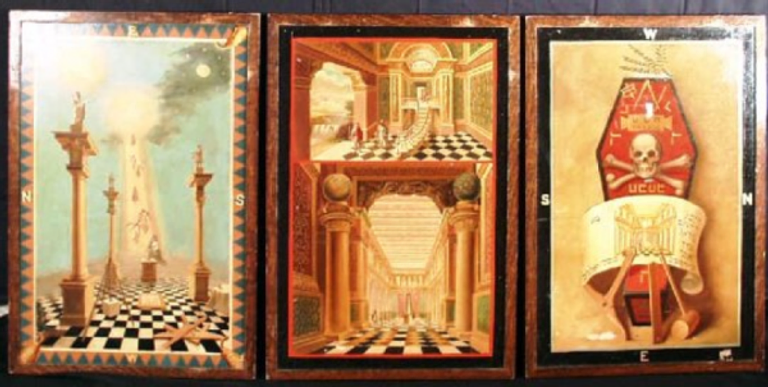
Masonic tracing boards used for teaching the different degrees (Provincial Grand Lodge of Middlesex)
Many interchangeably use the terms “trestle board” and “tracing board,” often varying by geographic region. However, the two objects are both physically and symbolically different. In the earliest days of stonemasonry, building and monument designs were sketched in dirt or on the floor to instruct masons on the day’s work. These early “tracing boards” would be washed away as soon as the day’s work was complete.
When the group shifted from operative to speculative Freemasonry, the custom of tracing boards carried on. During the days where Freemasons met secretly, they would draw the day's degree work in the dirt - again, washing away the day's secret ritual following the meeting’s conclusion. As meetings moved indoors to taverns and then lodges, these tracing boards were drawn with chalk or charcoal on the floor or, later, cloth.
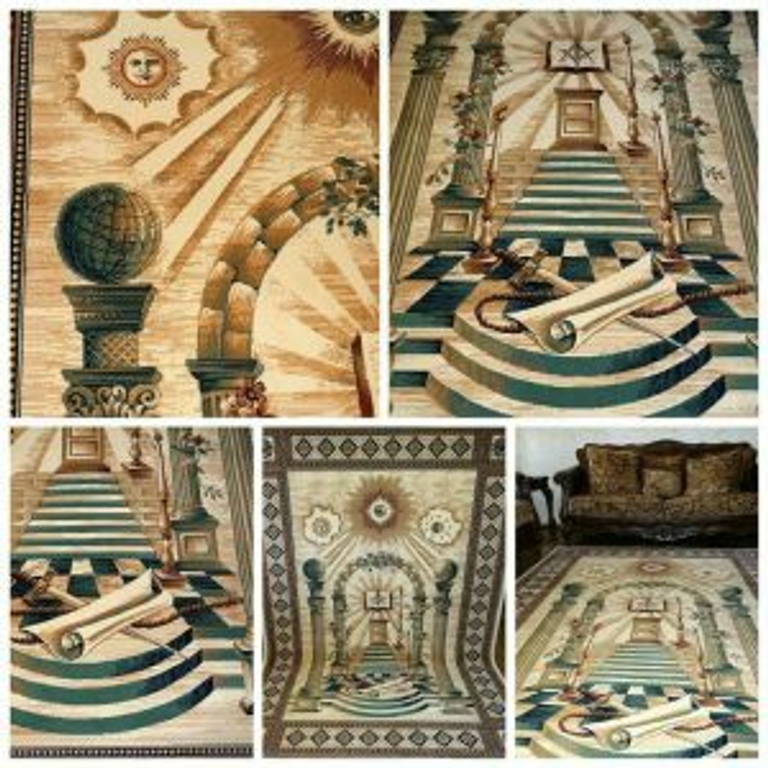
Example of a tracing board illustrated on carpet.
By the late 1700s, brethren began commissioning local artists to paint various symbols from Freemasonry and specific degrees on canvas or cloth that could be rolled up and stowed away after each meeting. These paintings later became commonplace displays around the lodge, sitting on an easel (trestle board) or hung on a wall. No longer just a visual demonstration of that day’s degree work, the tracing board became an emblem of the Masonic way of life.
How Did Tracing Boards Change Over Time?
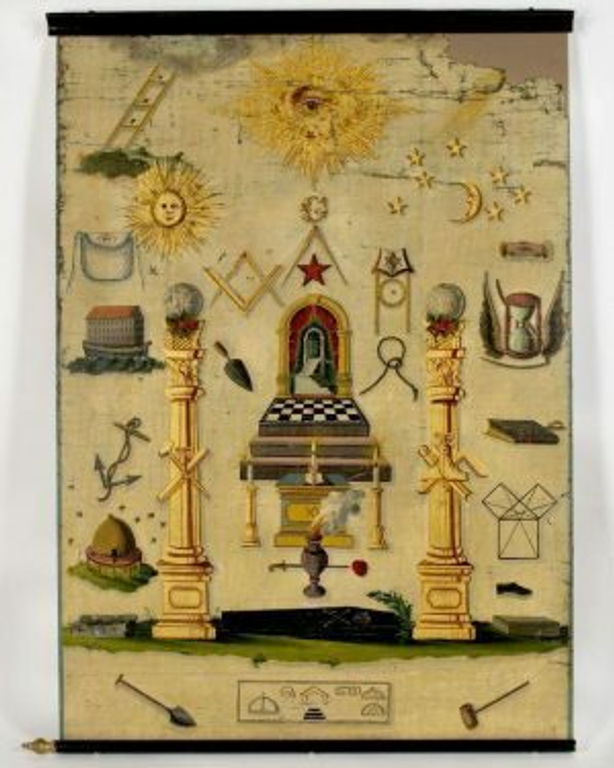
Tracing Board Owned by Trinity Lodge, 1863. Massachusetts. Scottish Rite Masonic Museum and Library, Gift of Trinity Lodge, A.F. & A.M., Clinton, Massachusetts. 97.007.1. Photograph by David Bohl.
In the 18th and 19th centuries, tracing boards helped teach aspiring Masons the philosophies of the craft. As time passed, these paintings transformed from a meeting agenda of sorts to a symbolic piece of art signifying the Master Architect’s plan for the universe, often through varying interpretations of a plan for building Solomon’s Temple. William D. Moore makes note of this in Folk Art Museum Magazine, describing early tracing boards:
“steps and pillars were located at the symbolic west end of the room, while the presiding officer, called the Master, was seated opposite, enacting the role of Solomon...Solomon’s temple, built from perfect ashlars, severed as a metaphor for a society made up of enlightened citizens. ”
Not long after, tracing boards became a source of pride for local lodges. Now painted and hung up for display, lodges were cited to have commissioned local artists to create paintings that displayed Masonic virtues in new ways, often taking inspiration from other sources while embedding Masonic symbols throughout. An example of this can be seen in the painting below from Bridgewater, New York.
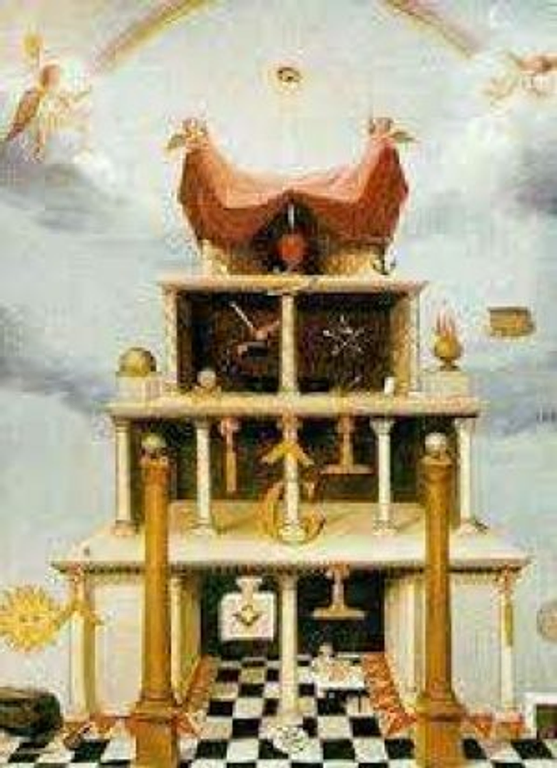
Tracing Board (Livingston Masonic Library)
Over time, the tracing boards that inspired trestle board artwork transformed from a private code of ritual to a “physical conduit through which abstract ideas were conveyed to American communities outside of European urban centers.”
What is the significance of Tracing and Trestle Boards in Freemasonry today?
Many of today’s modern Masonic symbols were popularized as a result of the illustrations found on Masonic tracing board drawings. For example, the image of a virgin weeping over a broken column with Father Time counting the ringlets of her hair was widely popularized in Jeremy Cross’ 1818 book “The True Masonic Chart,” which served to illustrate the symbols and ideas in Freemasonry.

The book itself, in a way, served as its own tracing board - a teaching and memory aid. Many artists were inspired by Cross’s portrayal (engraved by Amos Doolittle) of time and the virgin, for example, and offered their own interpretations, leading some historians to suggest that all paintings and tracing board designs after 1818 can be distinguished from earlier works.
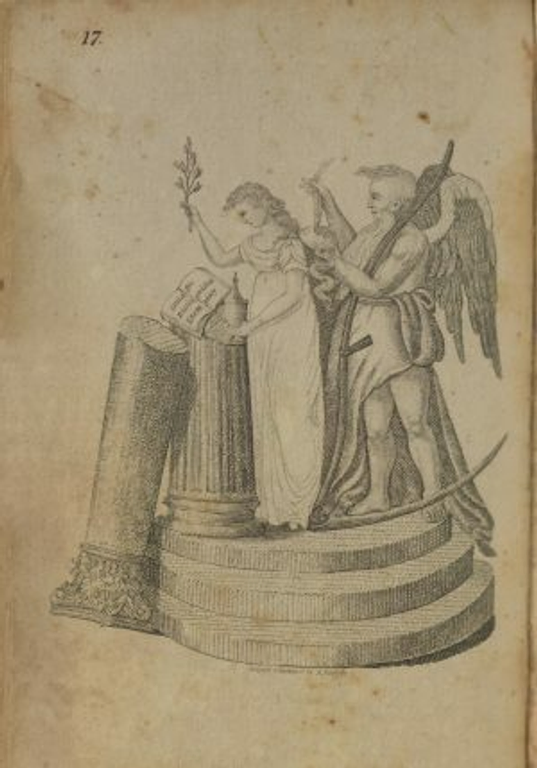
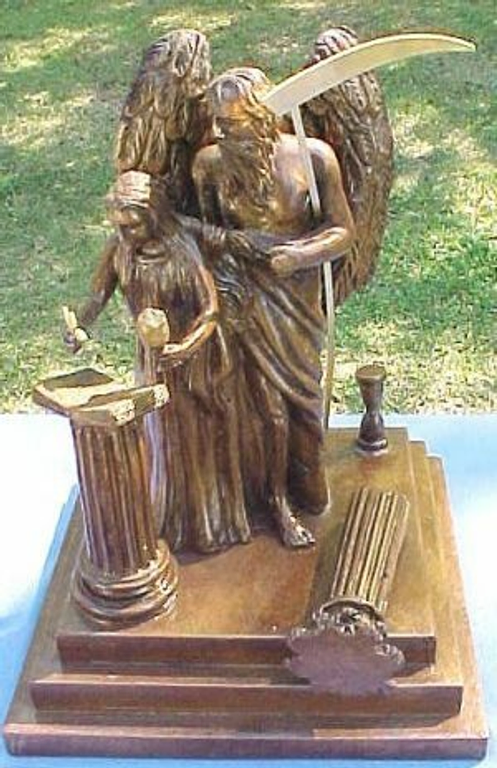
Traditions surrounding the use of tracing and trestle boards have left their mark on our fraternity in other ways as well. For example, the expression "Nothing further remains to be done, according to ancient custom, except to disarrange our emblems" is a nod to the now antiquated use of tracing boards, where the drawings etched on the floor were washed away after each meeting1. Similarly, the expression found in ritual “The three steps usually delineated upon the Master's Carpet are…” is a reference to later tracing boards drawn on carpet.
Our modern ritual even has roots in Masonic tracing board design. The reason we “square” the lodge, or travel at right angles within the lodge, is because of our fraternity’s early practice in which they sought to preserve the drawing made in at the center of the lodge room by walking around the drawing, being careful not to mar the illustration.
Finally, while lesser used today, lodge notices are called trestle boards as the Master would “draw designs” for the coming work for craftsmen in these notices. Today, you’ll find that many lodges around the world call their member newsletter or bulletin the trestle board.
It’s clear Masonic trestle boards and their predecessor, tracing boards, have informed the philosophies, teachings, and ritual of ancient and modern Freemasonry. But what is a Mason today to do with the knowledge that our tracing and trestle boards display? Be diligent in the pursuit of building your own spiritual temple. The plan laid on the trestle board reflective of the Supreme Architect is irrelevant without the fine work of its craftsmen. To capture the full beauty of your creator’s design, one must meticulously and faithfully apply each lesson to their life. Only then, can a Mason relish in the true glory of our fraternity and brotherhood.
.
Learn more about Masonic tracing and trestle boards in the video below by the Scottish Rite Masonic Museum & Library.
Related Stories
Discover additional Scottish Rite blogs and news on this topic.
